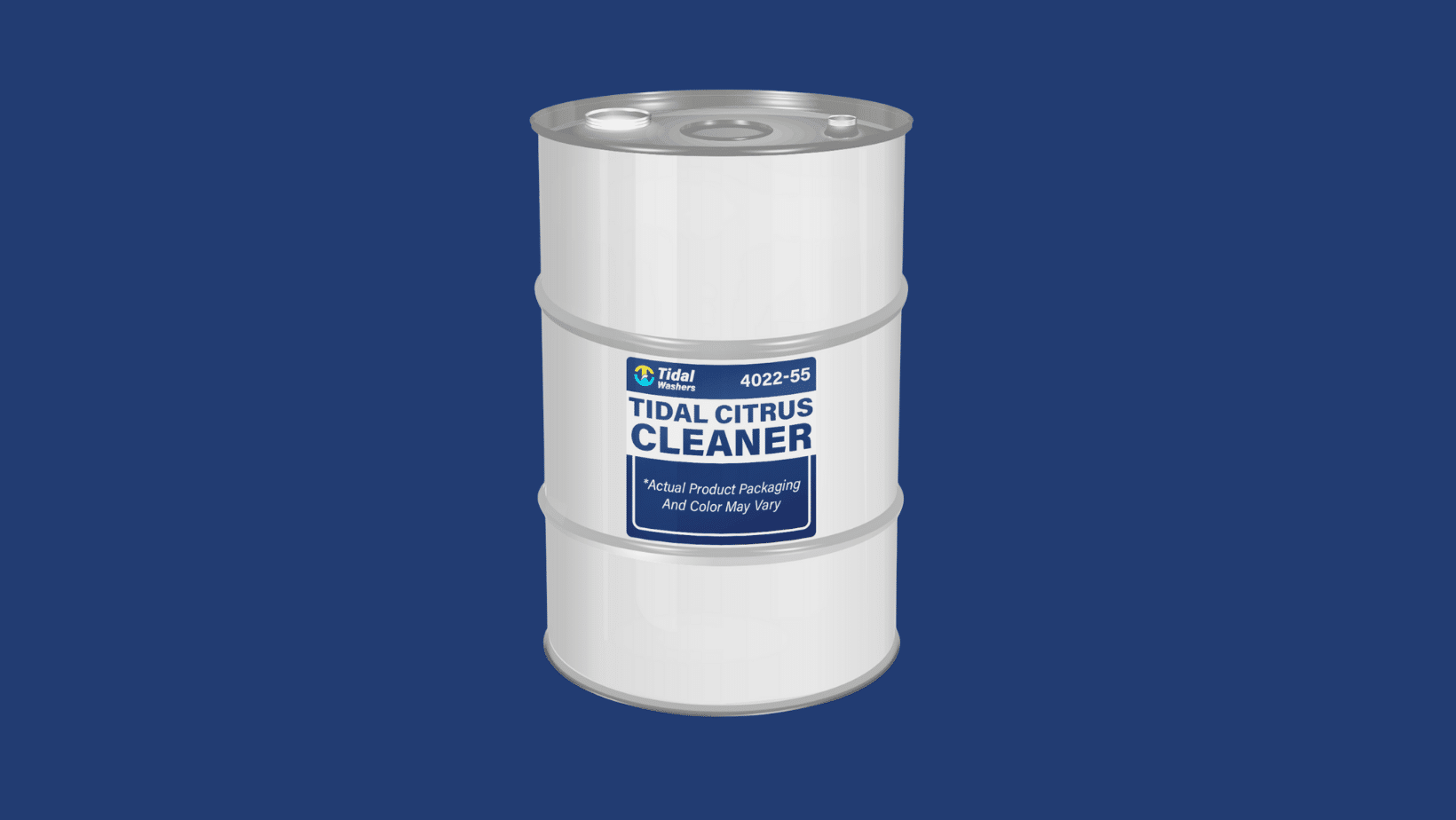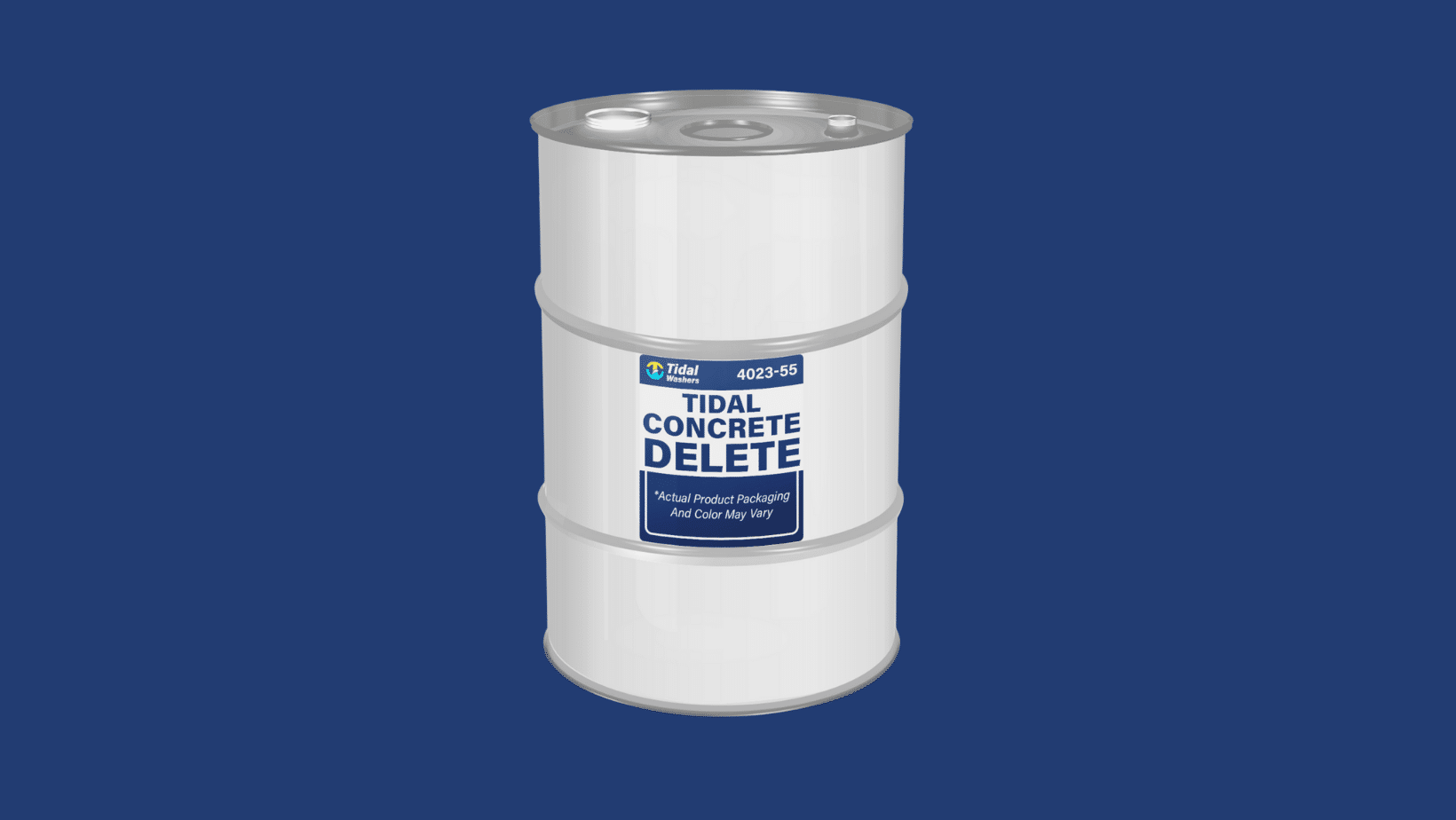Cobalt (Co) is a chemical element that is found in lithium-ion batteries. These types of batteries are essential to our everyday lives—from our...
Blog


CHEMICAL INDUSTRY NEWS
Chemical Chat – Discover What’s New!
Ecolink Quarter One Newsletter
A Message from Our Chief Value Officer Greetings, Happy New Year from all of us at EcoLink. I hope your 2022 is off to a strong start and that 2021...
The Benefits of Tidal Citrus Cleaner
Looking for a New House Exterior Cleaner? If so, you’re in luck! Tidal Citrus Cleaner is an industrial-strength house exterior cleaner whose...
The Benefits of Tidal Concrete Delete
Definition of Tidal Concrete Delete Tidal Concrete Delete is an acidic cleaning solution whose main ingredients...
Ecolink Quarter One Newsletter
A Message from Our Chief Value Officer Greetings, Happy New Year from all of us at EcoLink. I hope your 2022 is off to...
Company News

Managed Services
Discover the Latest in Safe and Sustainable Chemical Solutions
Stay informed with Ecolink’s blog! Subscribe now
Chemical Management Information
Stay updated with us
Sign Up for the Latest Updates
Stay informed about chemical supply chain disruptions and emerging innovations to keep your business at the forefront of efficiency and innovation. Uncover new ways to make your business practices more sustainable by incorporating safer products into your cleaning lineup.

























